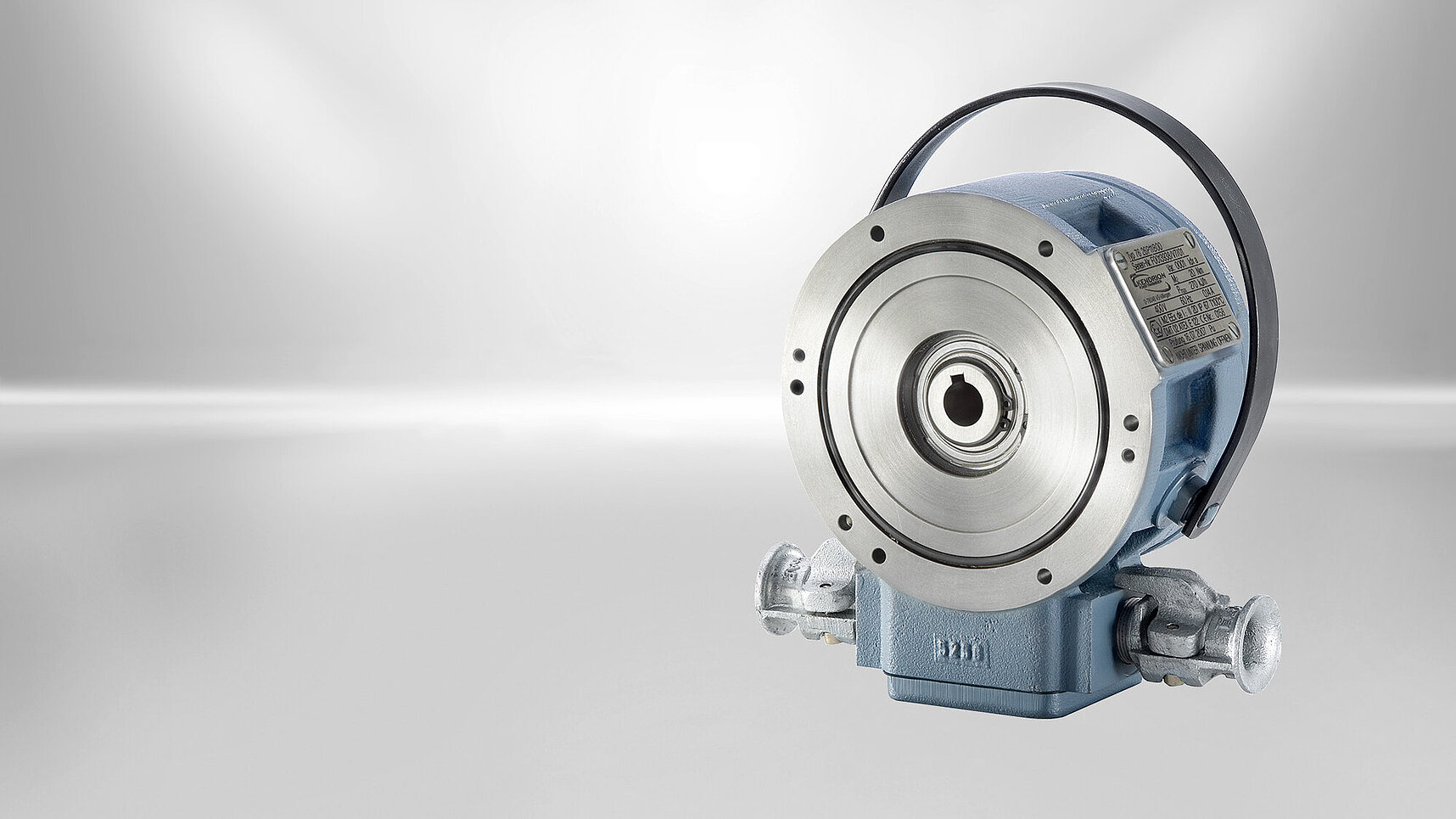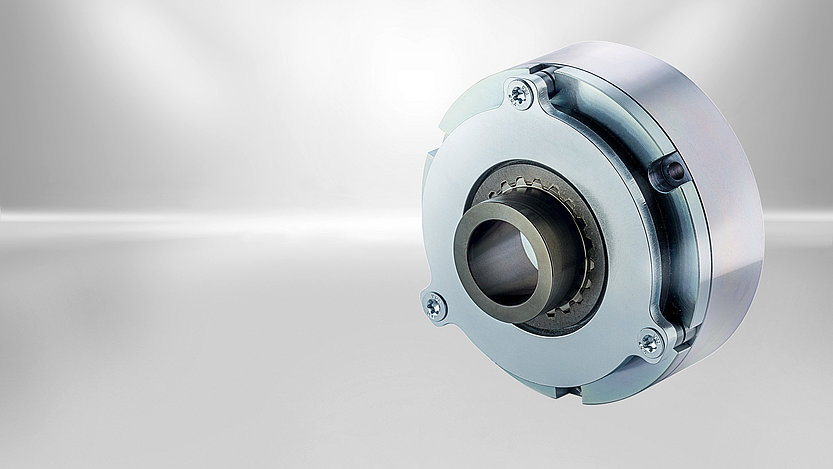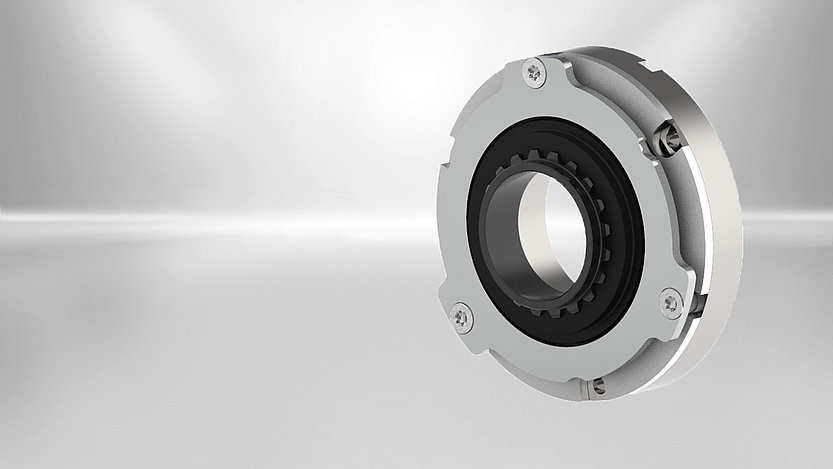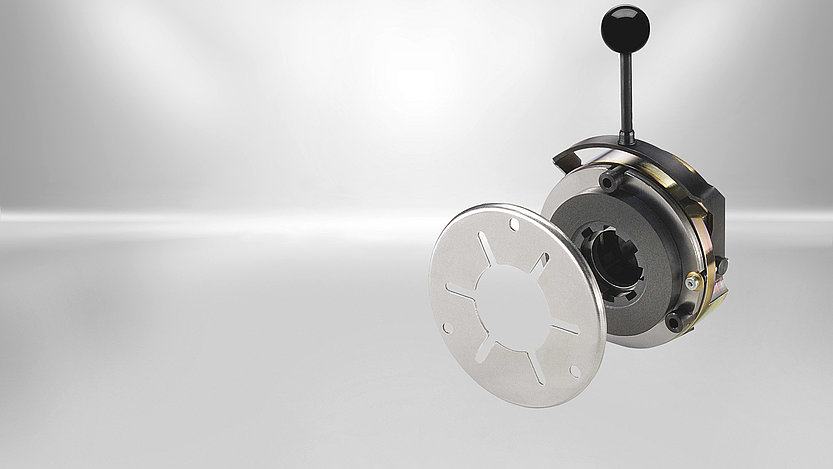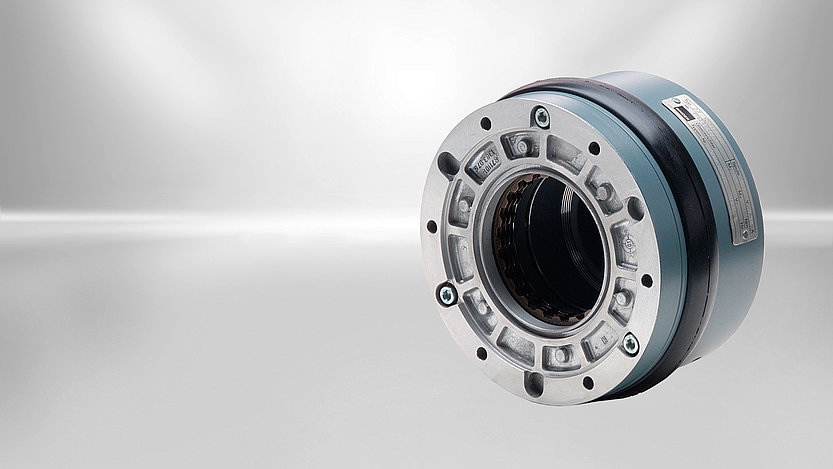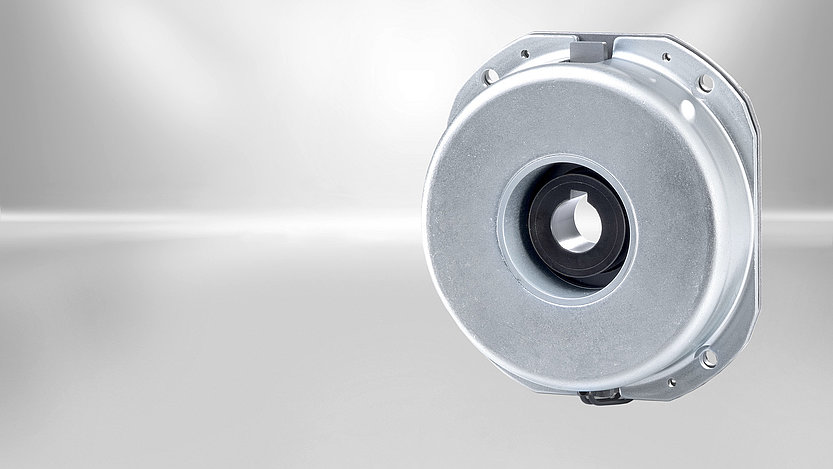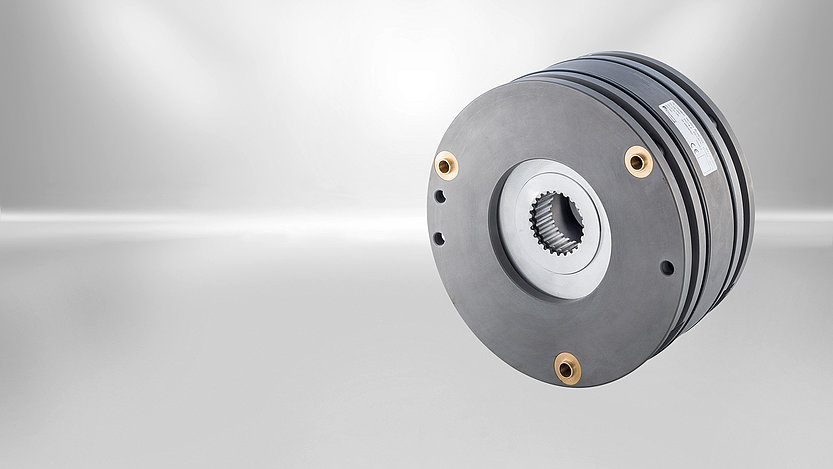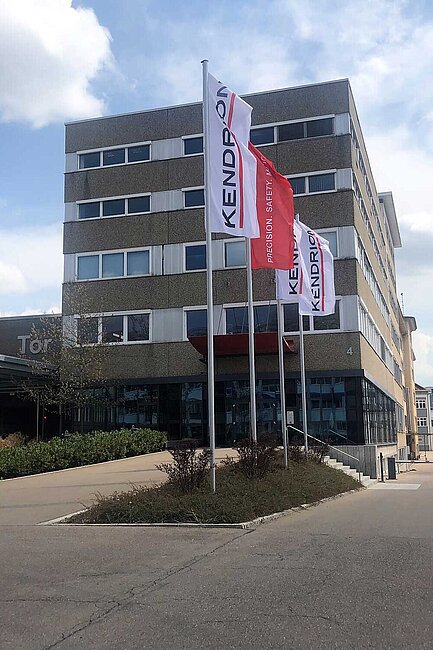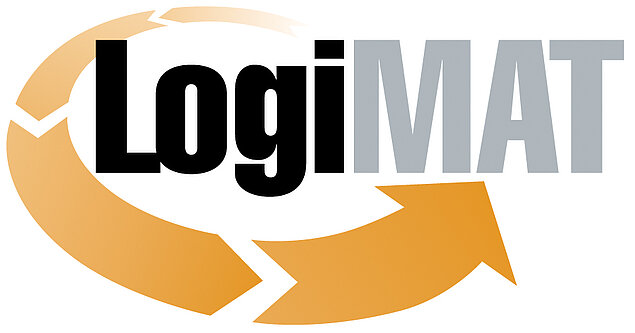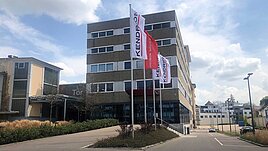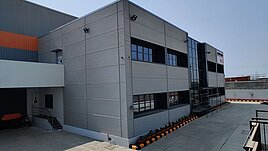Our EEX Line
The EEX Line includes spring-applied single-disc brakes provided with explosion protection for explosion-hazardous areas. The spring-pressure brake with firedamp protection is suitable for underground excavations with danger of firedamp. In spring-pressure brakes with explosion protection, those parts which might ignite explosive mixtures are incorporated in a housing. If the mixture inside the housing explodes, the latter withstands the prescribed test pressure and prevents a transfer of the explosion to the mixtures surrounding the housing. The brake is equipped with four thermal circuit breakers and one micro-switch. The micro-switch prevents starting against the unlifted brake. The thermal circuit breakers are series-connected with the micro-switch and interrupt the control circuit of the machine as soon as there is an inadmissibly high temperature at the brake. The brake is seawater-resistant. Electromagnetic spring-pressure brakes build up the braking torque when the current is switched off. By means of the attached hand lifting feature, the braking effect can be manually neutralized.
Operating principle
The spring-applied single-disc brake is designed to operate dry. The force generated by an electromagnetic field is utilised to overcome the braking effect produced by the spring force. The spring-applied single-disc brake engages in unpowered condition and releases when DC voltage is applied. The form-fit connection between the friction disc and hub and the connection of the hub with the machine shaft (e.g. motor shaft) ensure that the torque generated by the spring-applied single-disc brake (brake torque) is reliably transmitted to the machine (motor). Explosion-protected spring-applied single-disc brakes are characterised by the fact that all components that may ignite explosive mixtures are placed in an enclosure. This enclosure is designed to withstand the specified test pressure in case the mixture explodes inside the enclosure. It also ensures that mixtures outside the enclosure are not affected by the explosion.
Brake design
The solenoid housing of the spring-applied single-disc brake accommodates the firmly fitted field coil with flying leads. The flying leads are connected to the connecting terminal inside the connector box. The flange and friction plate are screwed to the solenoid housing by means of machine screws. The cover is fixed to the solenoid housing by means of machine screws to obtain a pressure-sealed assembly. Owing to the spring force generated by the compression springs, the friction disc is pressed over the armature against the friction plate and flange to generate the braking effect of the spring-applied brake. The friction disc and hub, which constitute the rotating part of the spring-applied brake, are connected with the shaft to be braked. The friction disc features a square socket and can be moved on the hub in axial direction. Spacer sleeves are provided to allow the air gap 's' to be adjusted. The customer-specific connecting cable can be fed into the connector box through a cable gland. When DC voltage is applied to the built-in field coil of the spring-applied single-disc brake, the spring force is overcome by the dynamic effect of the electromagnetic field. This causes the armature to be released and the braking effect to be neutralised. The shaft to be braked is not exposed to any axial force by the brake. The spring-applied single-disc brake is equipped with a redundant thermoswitch system and with a microswitch. The microswitch is provided to prevent machine (e.g. motor) start-up before the brake has been released. The four thermoswitches are connected in series with the microswitch and interrupt the control circuit of the machine (e.g. motor) as soon as the maximum permitted brake temperature is exceeded. When using brakes with hand release, openings must be provided in the part enclosing the brake (e.g. fan cover) to allow the hand release lever to be installed. The hand release allows the brake to be released manually (e.g. in case of power failure).


